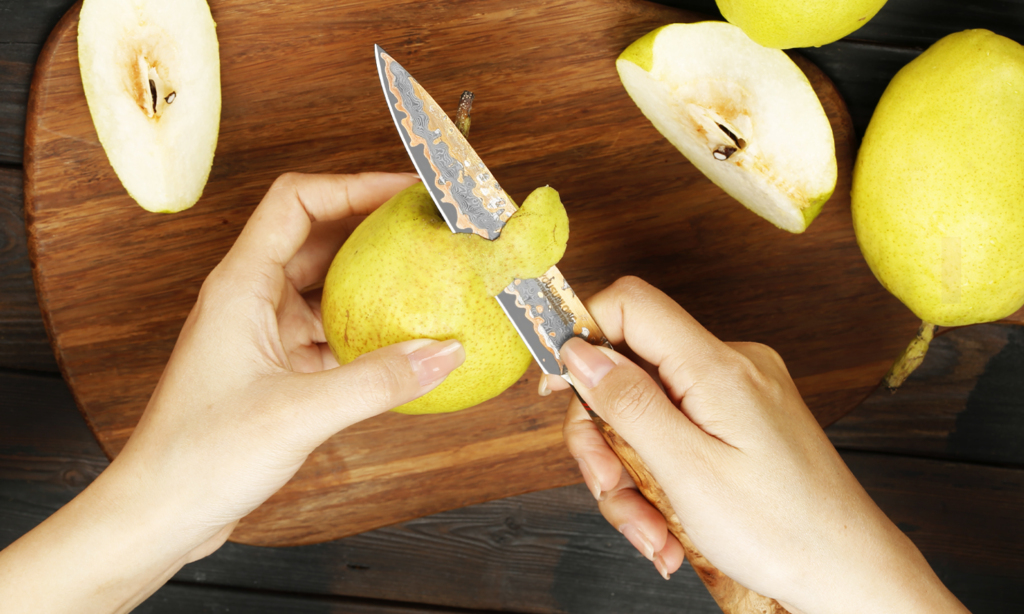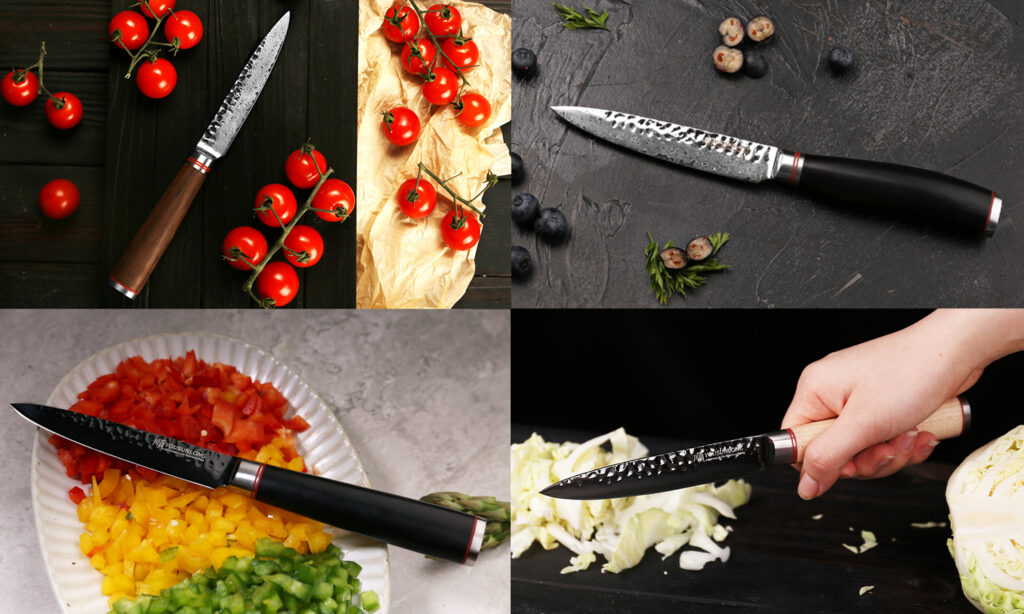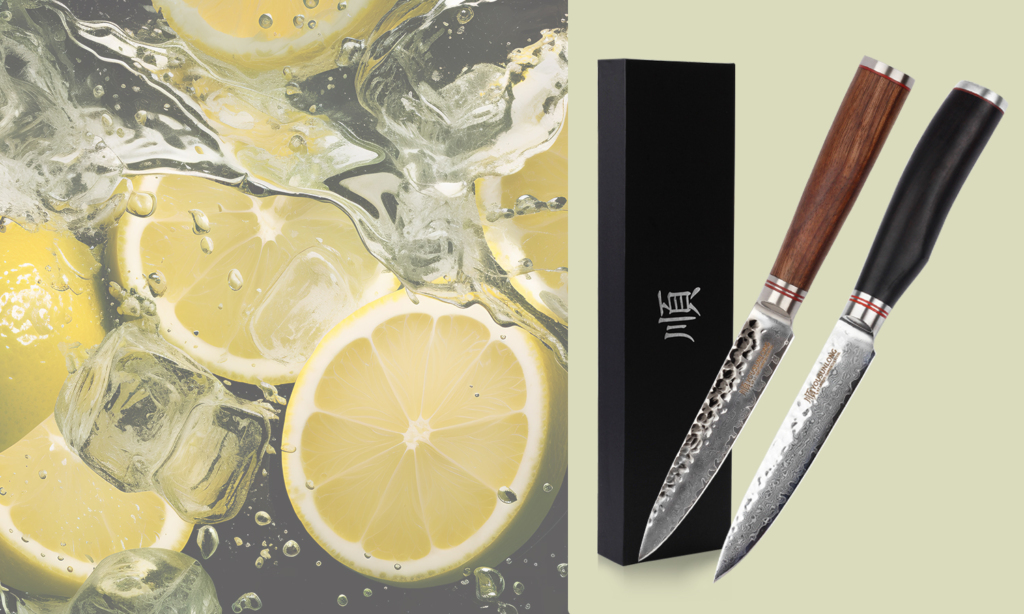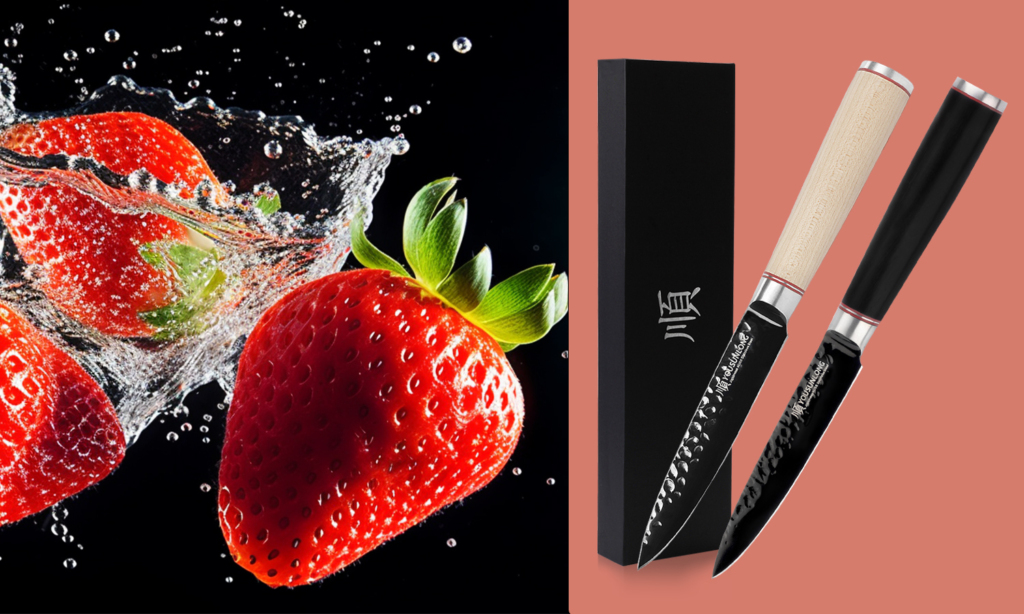When it comes to kitchen essentials, the utility knife is an unsung hero. Often overshadowed by its more famous counterparts like the chef’s knife or the paring knife, the utility knife quietly performs a myriad of tasks with grace and precision. Whether you’re a seasoned chef or a home cook, choosing the right utility knife can significantly enhance your cooking experience. In this article, we’ll dive deep into the world of utility knives, exploring their uses, features, and how to select the perfect one for your kitchen.
What is a Utility Knife?

A utility knife is a versatile cutting tool designed for general-purpose use. It typically features a sharp, straight-edged blade and can handle a variety of tasks, such as slicing, dicing, and chopping different types of foods. Utility knives are smaller than chef’s knives but larger than paring knives, making them suitable for tasks that require more precision than a chef’s knife can provide but more power than a paring knife. They are commonly used for cutting fruits, vegetables, and sandwiches, and are a staple in many kitchens due to their adaptability.
Types of Utility Knives
Utility knives come in various designs to cater to different culinary needs. Here are the main types you might encounter:
- Straight-Edged Utility Knife: This is the most common type, featuring a straight blade that excels in making clean, precise cuts. It’s perfect for slicing through vegetables, fruits, and boneless meats.
- Serrated Utility Knife: This type has a saw-like blade that is great for cutting through items with tough exteriors and soft interiors, such as bread, tomatoes, and citrus fruits. The serrations help to grip the surface, reducing slippage and making it easier to slice through without squishing the food.
- Granton-Edged Utility Knife: This design features small dimples along the blade, which help to reduce friction and prevent food from sticking. It’s particularly useful for slicing sticky or starchy foods like potatoes and cheese.
The Versatility of the Utility Knife

1. Slicing and Dicing
The utility knife is perfect for slicing fruits and vegetables. Its narrow, pointed blade allows for precision, making it ideal for tasks such as slicing tomatoes, dicing onions, and cutting bell peppers. Unlike larger knives, the utility knife offers better control for uniform slices and fine cuts.
2. Trimming and Peeling
Need to trim the fat from a piece of meat or peel a batch of potatoes? The utility knife excels in these tasks. Its sharp blade makes peeling easy, while its size allows for maneuverability around bones and joints when trimming meats.
3. Segmenting Citrus Fruits
Segmenting citrus fruits like oranges and grapefruits can be tedious with a larger knife. The utility knife’s smaller blade is perfect for making precise cuts around the segments, allowing for easy removal without tearing the flesh.
4. Cutting Small Pieces of Meat
While a chef’s knife is often used for larger cuts of meat, the utility knife is ideal for smaller portions. Whether you’re slicing chicken breasts for a stir-fry or cutting steaks into strips, the utility knife provides the control needed for even, consistent cuts.
5. Preparing Sandwiches
The utility knife is the sandwich maker’s best friend. It effortlessly slices through crusty bread, tomatoes, lettuce, and other sandwich fillings without crushing them. Its versatility also extends to spreading condiments with ease.
6. Precision Tasks
For tasks that require more precision than a chef’s knife can offer, the utility knife shines. This includes making decorative cuts, fine chopping of herbs, or mincing garlic and shallots. The narrow blade allows for detailed work that larger knives struggle with.
7. Handling Cheese
Slicing cheese can be a challenging task with the wrong knife. The utility knife’s blade is just right for cutting through semi-soft cheeses like mozzarella, gouda, and cheddar without sticking or crumbling.
8. Working with Pastry Dough
When working with pastry dough, a utility knife can be used to cut dough into shapes, trim excess dough from the edges of a pie, or make incisions for steam vents. Its sharp blade ensures clean cuts, essential for delicate pastry work.
9. Everyday Kitchen Tasks
Beyond specific uses, the utility knife can handle a variety of everyday tasks, from opening packaging to cutting string or twine. Its convenient size means it’s often the first knife reached for in a busy kitchen.
10. Garnishing
Creating garnishes requires precision and attention to detail. The utility knife is perfect for making thin slices of fruits and vegetables used as garnishes. Its sharp edge allows for the creation of intricate designs and decorations.
Choosing the Right Utility Knife
Selecting the right utility knife for your kitchen involves considering your specific needs and preferences. Here are some tips to guide you:
- Consider Your Cooking Style: Think about the types of tasks you’ll be using the knife for most often. If you frequently work with delicate fruits and vegetables, a straight edge might be best. If you often slice bread or tomatoes, consider a serrated edge.
- Try Before You Buy: If possible, handle different knives to see which one feels most comfortable in your hand. Pay attention to the weight, balance, and grip of the handle.
- Read Reviews and Recommendations: Researching customer reviews and expert recommendations can provide valuable insights into the performance and durability of different utility knives.
- Maintenance and Care: Consider how much maintenance you’re willing to perform. Stainless steel and composite handles require less upkeep, while carbon steel and wooden handles need more attention.
YOUSUNLONG Professional 5-Inch Utility Knife

Pros:
- Unique and beautiful copper Damascus steel blade
- Luxurious and durable burl wood handle
- Superior sharpness and edge retention
Cons:
- Higher price point due to the premium materials
- Requires careful maintenance to preserve the blade and handle

Pros:
- Stunning Damascus steel blade
- Comfortable natural wood handle
- Excellent sharpness and edge retention
Cons:
- Requires proper care to maintain the blade and handle
- May be on the higher end of the price spectrum

Pros:
- High-quality AUS8 steel blade
- Comfortable natural wood handle
- Good balance of sharpness and durability
Cons:
- Slightly less hard than Damascus steel, but still offers great performance
- Requires regular maintenance to keep the edge sharp
A utility knife is a valuable addition to any kitchen, offering versatility and precision for a wide range of tasks. By understanding the different features and materials available, you can select the perfect utility knife to suit your cooking style and needs. Remember to consider factors like blade material, handle comfort, and edge type when making your choice. Investing in a high-quality utility knife is a decision that will enhance your cooking experience and improve your efficiency in the kitchen. Happy cooking!